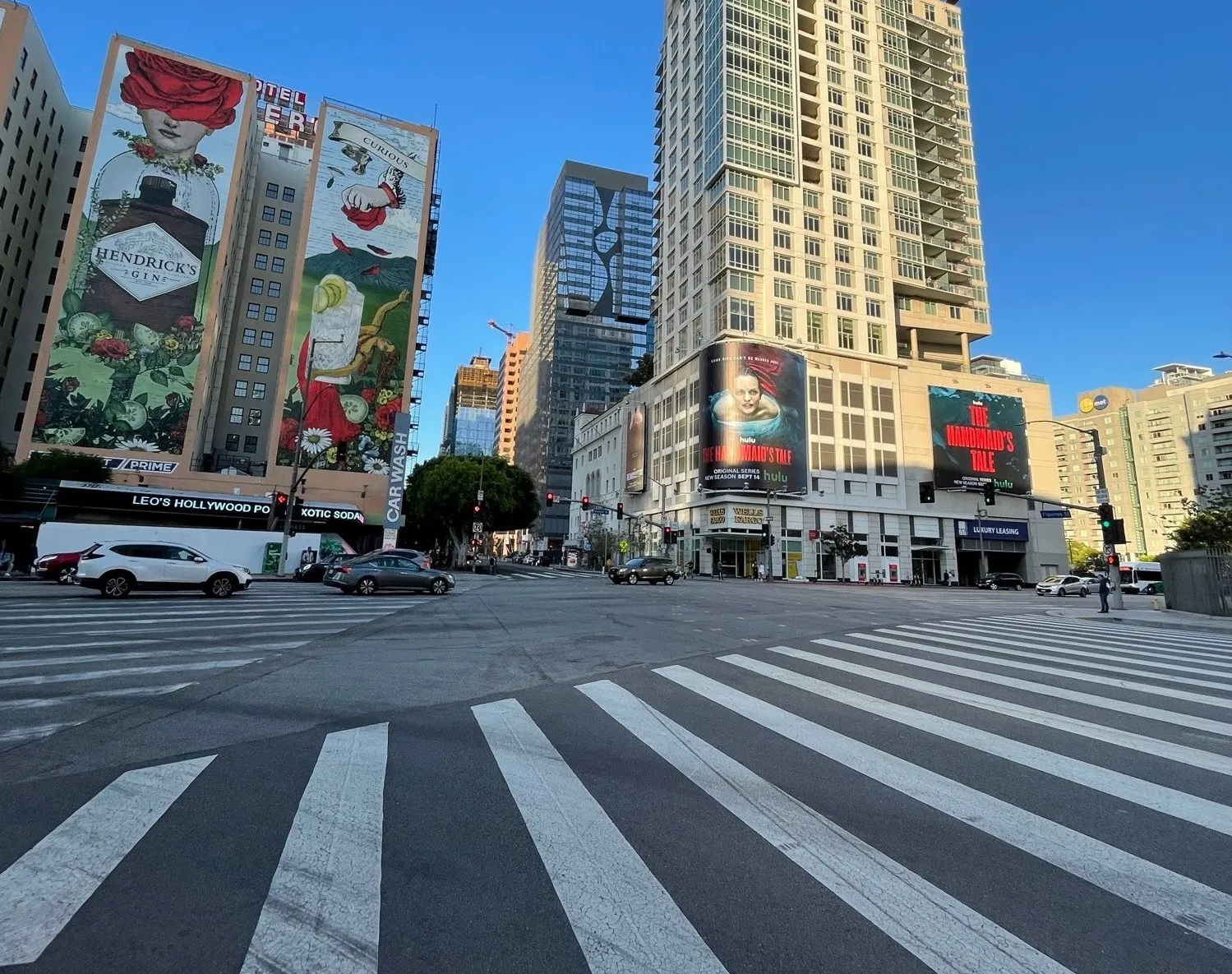In a bid to reduce road casualties, the Tasmanian Government is installing eight new fixed speed camera sites across the State, adding an extra dimension to its key road safety focus on safer speeds.
Police Minister Rene Hidding said the new camera system, which has been approved in consultation with the Road Safety Advisory Council, will complement the existing sites on the Tasman Bridge. The project will be implemented by Tasmania Police and will be funded with US$382,000 from the Road Safety Levy.
January 9, 2015
Read time: 2 mins
In a bid to reduce road casualties, the Tasmanian Government is installing eight new fixed speed camera sites across the State, adding an extra dimension to its key road safety focus on safer speeds.
Police Minister Rene Hidding said the new camera system, which has been approved in consultation with the Road Safety Advisory Council, will complement the existing sites on the Tasman Bridge. The project will be implemented by Tasmania Police and will be funded with US$382,000 from the Road Safety Levy.
Site locations will be selected through the combined analysis of crash data, where exceeding the speed limit was identified as a cause, as well as historical speed camera deployment data.
Two will be located in the north-west, two in the north and four in the state's south. Motorists will be advised of the location of the new camera sites once they have been determined.
According to Tasmania Police, speed is a significant factor in fatal and serious traffic crashes on Tasmanian roads and speed cameras have been proven to contribute to a reduction in these types of crashes.
The philosophy behind their use of speed cameras is to positively influence driver behaviour by increasing community perception that when a person drives above the speed limit, there is a high risk of being caught. Fixed and mobile speed cameras operate daily throughout the state and the enforcement activities associated with those cameras form part of the basis of changing driver behaviour.
Police Minister Rene Hidding said the new camera system, which has been approved in consultation with the Road Safety Advisory Council, will complement the existing sites on the Tasman Bridge. The project will be implemented by Tasmania Police and will be funded with US$382,000 from the Road Safety Levy.
Site locations will be selected through the combined analysis of crash data, where exceeding the speed limit was identified as a cause, as well as historical speed camera deployment data.
Two will be located in the north-west, two in the north and four in the state's south. Motorists will be advised of the location of the new camera sites once they have been determined.
According to Tasmania Police, speed is a significant factor in fatal and serious traffic crashes on Tasmanian roads and speed cameras have been proven to contribute to a reduction in these types of crashes.
The philosophy behind their use of speed cameras is to positively influence driver behaviour by increasing community perception that when a person drives above the speed limit, there is a high risk of being caught. Fixed and mobile speed cameras operate daily throughout the state and the enforcement activities associated with those cameras form part of the basis of changing driver behaviour.








